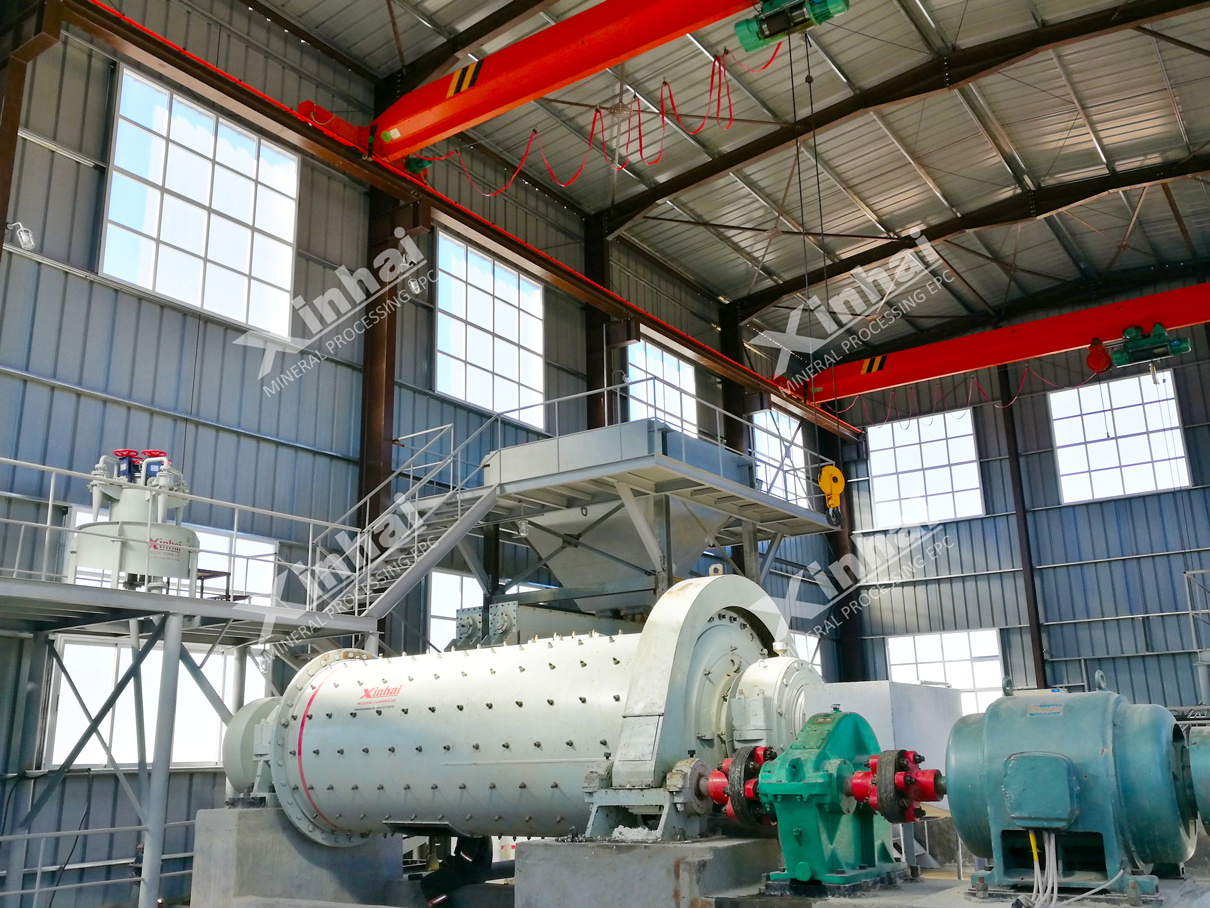
1. What's the Deal with Ball Milling?
Ever wonder how they turn boulders into pancake mix for industry? That’s ball milling for you—take a bunch of tough stuff, chuck it into a spinning tube with steel balls, and let physics handle the rest. We're talking powders so fine, they’d make your grandma’s flour jealous. Whether you're working with gold ore, gluten, or whatever goes into glow sticks, ball mills are the MVPs.
2. Ball Mill Anatomy
So, what's under the hood? Here's the breakdown:
The Barrel: This beast is basically a metal drum that's tougher than your average action-movie villain. It keeps everything contained when things get, well, bumpy inside.
Ball Charge: No, not a sports move—the heavy balls (steel or ceramic) that do the actual smashing.
Milling Media: The stuff that grinds the actual material—sometimes it’s the balls, sometimes it's something fancier, depending on your science experiment.
Motor: Powers the whole spinning fiasco.
Temperature Controller: Makes sure you don't fry what you're trying to process—clutch for heat-sensitive stuff.
Ball Screw: Moves the grinding gang inside, like a metal ballet (sort of).
Belt Drive: Like the mill's personal treadmill, transferring power where it’s needed.

3. Flavors of Ball Mills
These machines come in more varieties than potato chips:
Planetary Mills: Great for science nerds making nano-dust.
Rod Mills: The go-to for mining types, especially where you want stuff ground but not atomized.
Ball Grinding Mills: All-purpose grinders—kind of the microwave of mills.
Traylor Mills: Sounds fancy, mostly for heavy-duty mineral stuff.
Regular Joes: Classic ball mills for day-to-day grind work.
4. How’s It Work?
Picture a clothes dryer with rocks inside. As it spins, the balls inside lift up, slam down, and shatter whatever's unlucky enough to be there. You can go wet (add water) or dry (no water, more dust). Wet's good when you want easy cleanup or hate inhaling powder.
5. Why Bother?
Honestly, these machines are built like tanks and super versatile:
Fast and furious powder making.
Handles soft marshmallow stuff or gnarly minerals.
Big capacity. Industrial-scale means serious output.
Uniformity. No one likes lumpy powders.
You can run these as a batch job or just keep them rolling continuously.
6. What Affects Grinding?
There’s a ton going on:
Start with smaller pieces and you won't be waiting all day.
Ball Size big balls smash, small balls finesse.
How fast you spin? Too slow, nothing moves. Too fast, everything sticks to the wall.
How many balls you throw in… more isn't always better.
Some stuff needs it cool—temperatures can mess with your end result.

7. Where Do You Find These Things?
Basically anywhere there’s powder needed:
Mining
Cement making
Chemical labs
Drug companies (pills gotta be blended)
Even foodies (chocolate, spices, you name it).
8. Real World—Not Just Theory
Gold mining: Grind ore, get the gold, repeat until rich (or exhausted).
Copper processing: Same deal, different metal.
Lithium for batteries: Grind up the ore and boom, now it'll charge your phone.
Silica sand: Ground fine for stuff like glass or fracking.
9. How to Pick the Right Machine?
Don't just grab any old mill:
What’s your material? Soft? Rock hard?
How fine you want it? Like espresso powder or just a bit crumbly?
How much you gotta make—and how often?
Budget. These beasts aren't cheap.
Maintenance—are you handy or do you need something idiot-proof?
So yeah, ball mill machines—rock crushers, powder-makers, unsung heroes in a ton of industries. Weirdly satisfying, too, if you like watching stuff get pulverized.
Introduction to Copper Mining
Copper is super important in industry, used everywhere from wiring to green energy. With the world building more infrastructure and pushing green energy, the demand for copper's going up. Copper mining is a complex chain of exploration, extraction, processing, and refining, which matters a lot to folks in different industries.
